Arabic, according to the latest statistics, is the 5th most spoken language in the world. There are 60 countries where the language is spoken, with a total of 242 million people speaking Arabic as their first language. The primary country where it is spoken is in Saudi Arabia and it is the official language in more than 20 countries, as well as in the Arab League, the United Nations, the African Union and the Organization of Islamic Conference.
In the Western world, there are only a few who desire to learn the language thus, as the Middle East continues to play a major role in international affairs, the shortage of workers in the West who are fluent in Arabic is glaringly extreme.
Knowledge of the language will open up many business opportunities as the Arab world is integrated into the global economy. It is a big market for the export of goods and services as its population is growing.
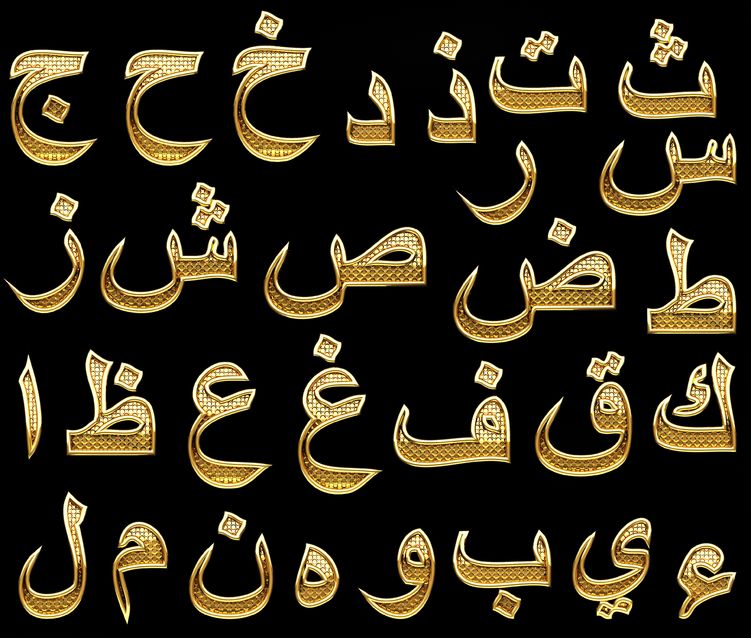
Image Copyright: videodoctor / 123RF Stock Photo
As a language group, Egyptian Arabic has the most number of speakers at 55 million, followed by Algerian Arabic with 26.7 million. Arabic, which belongs to the Afroasiatic family, has a history that stretches as far back as the 6th century. It belongs to the Central Semitic language branch and closely akin to Phoenician, Ugaritic, Hebrew and Aramaic. The table below shows the breakdown of the major Arabic dialects.
Language Statistics
| Language/Dialect |
Main Country |
#-Countries |
L1 Speakers (millions) |
| Arabic |
Saudi Arabia |
60 (total) |
242.0 (total) |
| Arabic, Algerian Spoken |
Algeria |
1 |
26.7 |
| Arabic, Chadian Spoken |
Chad |
4 |
1.14 |
| Arabic, Eastern Egyptian Bedawi Spoken |
Egypt |
4 |
1.69 |
| Arabic, Egyptian Spoken |
Egypt |
1 |
55.0 |
| Arabic, Gulf Spoken |
Kuwait |
9 |
5.34 |
| Arabic, Hijazi Spoken |
Saudi Arabia |
2 |
6.02 |
| Arabic, Libyan Spoken |
Libya |
3 |
4.32 |
| Arabic, Mesopotamian Spoken |
Iraq |
4 |
15.1 |
| Arabic, Moroccan Spoken |
Morocco |
2 |
21.0 |
| Arabic, Najdi Spoken |
Saudi Arabia |
4 |
9.87 |
| Arabic, North Levantine Spoken |
Syria |
2 |
14.8 |
| Arabic, North Mesopotamian Spoken |
Iraq |
3 |
6.30 |
| Arabic, Omani Spoken |
Oman |
3 |
1.09 |
| Arabic, Sa’idi Spoken |
Egypt |
1 |
19.0 |
| Arabic, Sanaani Spoken |
Yemen |
1 |
7.60 |
| Arabic, South Levantine Spoken |
Jordan |
3 |
6.47 |
| Arabic, Sudanese Spoken |
Sudan |
3 |
16.9 |
| Arabic, Ta’izzi-Adeni Spoken |
Yemen |
2 |
7.08 |
| Arabic, Tunisian Spoken |
Tunisia |
1 |
11.2 |
Source: Ethnologue
As a religious language, it is spoken by more than one billion Muslims around the world and is learned (in different proficiency levels) as a revered liturgical language by Muslims located in Africa, China, Malaysia and Pakistan.
Diglossia
The many forms of spoken Arabic in existence today are specifically called dialects and are mainly used for oral communication. They exist parallel to Modern Standard Arabic, which is primarily used in its written form but also used orally by the media. Among all the spoken varieties that are used today,
Standard Arabic is quite distinct from all the other spoken forms of Arabic, as it is formal and more conservative. These two forms now exist in diglossia, meaning that they are used side-by-side for different functions in society.
When traveling to any Arabic-speaking country, it is important to remember that a different Arabic dialect is used in each region, which other people may or may not understand. It is important to note that educated speakers of the language have a tendency to mix Standard Arabic with their dialects in varying degrees. For clarity, there are about four principal regional dialects today that’s spoken in the Arab world (with various dialectic variations):
- Iraqi/Gulf Arabic
- Levantine Arabic (Lebanon, Syria, Jordan and Palestine/Palestinians in Israel)
- Egyptian Arabic (Egypt and the Sudan)
- Arabic of the Maghreb (North Africa)
There are major differences in these dialects that make them mutually unintelligible from one another.
Typology and Origin
Based on its typology, the Arabic language is part of the Semitic language family, some of which are still spoken to this day, such as Aramaic (still spoken in small communities in Syria and Iraq), Hebrew (in Israel), Tigre (still spoken in Eritrea), Amharic, which is Ethiopia’s national language and of course, Arabic.
It was in the Arabian Peninsula that the Semitic language was born. Over several millenniums, the language spread to other areas outside the Peninsula through migration into nearby areas and many parts of the Middle East.
The Arab Conquests of the 7th century CE spread the language farther afield as speakers of many forms of Arabic dialects brought their religion and their language across the Middle East, North Africa, the Iberian Peninsula and China. Intermarriages with indigenous peoples in the areas where the Arabic speakers settled caused the language to spread further and even made Arabic a prominent language.
Some languages refused to be conquered and remained spoken to this day, such as Jebali in Oman, Mahri in Yemen, Berber in Morocco and Algeria and Kurdish in Syria and Iraq. There were others though whose dominance diminished over time, such as Aramaic and Coptic. The latter, which came directly from the language of Ancient Egyptians, had been reduced to being the Coptic Church’s liturgical language.
Tracing the Formation of the Arabic Writing System
Before delving deeper into the origin of the beautiful Arabic script, let us take a look first at the origin of writing itself. Writing was actually a relatively new invention and originated in many places, including Mesopotamia (present-day Iraq) in 3100 BCE, Ancient China (around 2000 BCE), Native Americans (about 2nd century CE) and Ancient Egypt (about 3000 BCE). The hieroglyphics of Ancient Egypt is still the subject of debate today as scholars are still undecided whether it was an original invention or something that came from Mesopotamia.
Egyptian Influences
The Egyptian hieroglyphics was quite complex. It was not considered an alphabet because of many reasons: some individual signs either represented one, two or three consonants while some represented full words. An unknown person living in the Syria-Palestine area around 1500 BCE was the one who created the alphabet, wherein one symbol stood for one sound and only one sign represented each sound.
It was only when the Phoenicians adopted that alphabet that it became known to the world. They were the original settlers in present-day Lebanon who then moved westward to Carthage, which is now known as Tunisia. They spoke a Semitic language and samples of their inscriptions dating back to 1000 BCE have been discovered.
Several groups of people located in the Ancient Near East adopted the writing system of the Phoenicians, including the Arameans (inhabitants of present-day central and southern Syria) and the ancient Hebrews. Because Phoenicians were also traveling merchants, they carried their language to many parts of the world, including England and France. Around 9th century BCE, the ancient Greeks eventually adopted the writing system of the Phoenicians.
Distinctions
There were distinctions between the Phoenician and Ancient Greek writing systems. Each symbol in the Phoenician writing system corresponded to a consonant, as vowels were not written because consonant had more weight in Semitic languages and vowels were predictable and therefore omitted. In Greek, which is an Indo-European language, consonants and vowels carried equal importance, thus the Greeks created symbols to represent the vowels. The completed alphabet was later adopted by the Etruscans, then the Romans and became largely used by other languages.
Writing was formulated numerous times but the alphabet was constructed only once, with everything that exists today being descendants of the original alphabet completed by the Greeks. It does not matter how different they are shaped and formed, they are linked to the original sources.
Arabs inhabiting the Arabian Peninsula took up their writing system from the Nabataeans, who were Arab people living in Petra (present-day Jordan) during the time of Christ on earth. Nabataeans adopted the writing system of the Arameans, who adopted it from the Phoenicians. With the long process of evolution of the Arabic writing system, the shapes of the letters varied greatly, until it did not show any resemblance from its very first origin.
Impact of the Arab Conquest
During the course of the Islamic or Arab Conquests, Islam was spread over the Arabian Peninsula, together with their writing system, which was adapted to write various languages, whether they were related or not to Arabic. This allowed other languages, such as Urdu and Persian, which are Indo-European languages, to be written in Arabic. It was also used to write Turkish, an Altaic language, until 1928. In several instances, Arabic was used to write Latin, Hebrew, Hungarian, Polish, Afrikaans and Spanish.
Aside from the practical use of Arabic writing, it also has an aesthetic side. Beautiful writing, which in Greek is called calligraphy, is one of Islam’s highly developed art forms, in ancient times as it is today.
The Arabic Language
Arabic is one of the great languages of the world, with a rich vocabulary, great style and elegant script. It is also the largest Semitic language family member and written from right to left. A large part of its development could be attributed to poetry during the pre-Islamic period, where the poet stressed the importance and prestige of each tribe. Arabia was then an important market town, with Makkah (Mecca) being the main center for religion, culture and trade. In that area, the most powerful family back then was the Quraish clan and their language was adapted as the area’s main dialect.
Quran Changes
When the revelation of the Quran occurred, its challenging message and its expansive and unique style had a long lasting effect on Arabian society, which also marked the birth of Arabic as one of the languages of the world. Arabic grammarians and linguists used the language of the Qu’ran as their standard. As the language continued to spread, it developed a literature that constituted of various genres, styles and forms of expression.
As previously mentioned, it provided many loan words to other languages. Many place names in Spain are of Arabic origin, like Alhambra, which translates to “the Red” in English, from the original Arabic term “al-hamraa.” Giraffe, coffee, algebra and admiral are just a few of the hundreds of English words of Arabic origin.
The Arabic Alphabet
The Arabic alphabet is made up of 28 letters that are read from right to left. The image below illustrates all of them.
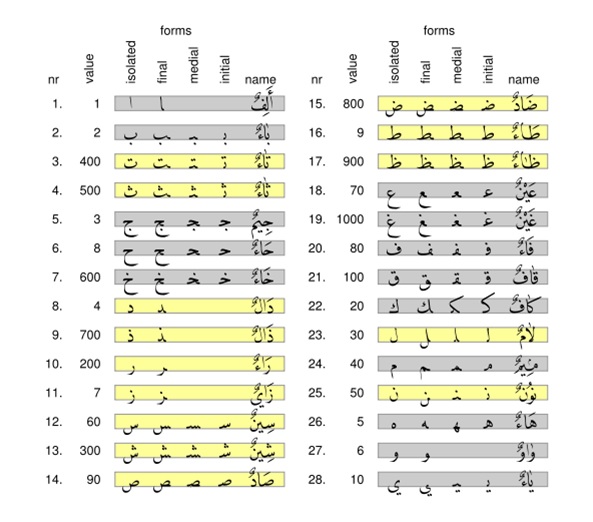
By Baba66 (Own work) [GFDL, CC-BY-SA-3.0 or CC BY 2.5], via Wikimedia Commons
Did You Know?
Here are some facts about the Arabic alphabet:
- It does not distinguish cases; therefore Arabic alphabet has no lower and upper case letters.
- As short vowels they are added as small marks either below or above the consonants. Other marks symbolize doubling of consonants or the presence of silent vowels.
- The normal sentence order is VSO or verb-subject-object. The role of the nouns as used in a sentence can be discerned by the case endings, indicated by the marks placed above a word’s last letter (often only found in school books and in the Qu’ran).
- Adding -aat to a word creates the plural form of feminine nouns. Masculine nouns usually have broken plural forms that include changing the vowels mid-word.
- There are 12 forms of personal pronouns in Arabic that could identify if the speaker is a female or a male, as well as indicate if the form is plural, dual or singular.
- Active and passive voices exist in the Arabic language. In spoken Arabic, what’s commonly used is the passive form, which is not often seen in writing. Both the oral and written form would be the same but the changes in the meaning and tone of the word are discerned in the oral form’s voice inflection.
Modern Standard Arabic
Although it is called modern, the existence of Modern Standard Arabic goes way back before the introduction of Islamic poetry. It’s called Fusha that means clear or elegant language in Arabic and Qur’anic Arabic, literary Arabic, Classical Arabic and Modern Standard Arabic in English.
Its many translations in English seem to break it down to the different types of Fusha that’s in use today but its Arabic term defines it as the only literacy language that is recognized within the Arab-speaking community. Modern Standard Arabic is special, as it has volumes of texts that have been created in this form, especially during the Islamic civilization’s golden age.
Texts include classical Arabic literary texts, Islamic religious texts and scholarly contribution in various fields: sociology, mathematics, astronomy, medicine and science that were written in the Middle Ages. Likewise, when learning Arabic as a foreign language, most students would be exposed to Modern Standard Arabic in its written and oral forms.
Spoken and Written Similarities
Modern Standard Arabic does not change in its spoken and written form. In the latter, it is the language of media and literature. It is the language that is taught in all levels of education and it has no local variety. It remains and is used in its exact form all over the Arab world, right from the way it developed from Classical Arabic that was used for scholastic, administrative, cultural and religious purposes.
Its use made it possible for Arab people of different nationalities to fully understand one another and thus avoid misunderstandings and ambiguities due to differences in dialects.
In this day and age, learning to read and write Modern Standard Arabic or have a professional translation company translate documents for you, is getting critically important because it will open doors to the entire Arab community across the globe for you.
Spoken Arabic (Colloquial Arabic/Arabic Dialects)
Spoken Arabic or the dialects have several differences from Modern Standard Arabic. For one thing, the grammatical structure of a dialect is simpler. Between dialects, pronunciation of words and letters could be remarkably different. There are expressions and words that could be unique to a particular dialect.
One would only be able to see a written version of Spoken Arabic when a popular touch is needed or a humorist uses it. The style and vocabulary of Spoken Arabic are casual and the expressions and slangs used do not have exact Modern Standard Arabic equivalents.
Major and Minor Differences
The differences among Arabic dialects vary. In some cases they are minor that allow each other to quite understand one another, whereas in some dialects the differences form a wide gap that speakers could not understand one another. For example, the Middle Eastern dialects in the Gulf, Iraq, the Levant and Egypt have minor differences, so speakers are able to fairly understand one another.
On the other side, there’s a unique vocabulary and structure in the Arabic dialects in North Africa that could not be understood by many other Arabic speakers, including those who are in the Middle East. Compounding the diversity is the fact that within each main groups of dialects, there are also sub-dialects that are regional in status, which means that there are also differences between provincial and city dialects.
Among the various main groups, the Levantine and Egyptian Arabic are the easiest to understand, mainly due to the proliferation of Egyptian and Lebanese media that brought the dialect closer to many people.
The Many forms of Arabic Dialects
The wide expanse of coverage of Arabic language generally created the dialectical differences, together with the influences from other languages from neighboring and conquered areas. Generally, the dialects could be classified into seven main regional varieties:
- Maghrebi
- Sudanese
- Egyptian
- Arabian Peninsula
- Mesopotamian
- Levantine
- Andalusian
In each of this main group are several sub-regional dialects, which, when compiled could be around 33.
Peninsular Arabic or Southern Arabic
This is the variety of Arabic that is spoken across the Arabian Peninsula that includes Jordan, Iraq, Bahrain, Kuwait, United Arab Emirates, Oman, Yemen and Saudi Arabia. This is the main land where the Arabic language was born, but rather than being closer to Classical Arabic, there are many divergent forms within the Peninsula.
Bahrani Arabic
Bahrani (also known as Bahrani and Baharna Arabic) is a dialect that is commonly heard in Oman and Eastern Arabia. It is also spoken in the villages around Shia, Bahrain and in some areas in Manama. The Akkadian, Syrian and Aramaic languages all had significant influence on the Bahrani Arabic dialect and within this particular dialect are three distinct sub-dialects: Ajami, Sunni and Bahrani. Interestingly, the Sunni sub-dialect is the closest to the urban dialect used in Qatar that is considered as Bahrain’s most esteemed dialect.
Bareqi Arabic
Bareqi is spoken in Bareq, which is located in Saudi Arabia and is widely spoken in many areas around the Wādī Valley.
Najdi Arabic
Najdi is the dialect in the Najd region, which is also in Saudi Arabia. It is divided into four sub-dialects:
- Northern Najdi – spoken in the Al- Qassim and Ha’il Regions
- Central Najdi or Urban Nadji – spoken around the farming communities and towns in Riyadh
- Southern Najdi – spoken in Al-Kharj and towns that surround it
- Badawi Najdi – spoken by Najd Bedouins, with varying accents based on specific tribes. It is also spoken in some towns in Iraq, Syria, Kuwait and Jordan.
Omani Arabic
This dialect is also referred to as Omani Hadari Arabic, the dialect that is spoken around Oman’s Hajar Mountains and some nearby regions along the coast. The dialect was formerly spoken by colonists in Tanzania and Kenya who later shifted to speaking Swahili. This easternmost dialect also has several sub-dialects, including Shihhi Arabic and Dhofari Arabic.
Hejazi Arabic
Hejazi or West Arabian Arabic is another dialect spoken in Saudi Arabia’s Hejaz region. This is the urban variety while the other one is spoken by the Bedouin in the rural areas. Hejazi Arabic is spoken in cities like Medina, Ta’if, Yanbu, Mecca and Jeddah. It is quite closely related to Najdi Arabic spoken in the Central Arabian Peninsula as well as with Egyptian Arabic and the one spoken in Northern Sudan in both grammar and pronunciation. There are areas in Sudan and Eritrea where this dialect is spoken, basically for everyday communication.
Hadhrami or Ḥaḍrami Arabic
Hadrami is the dialect spoken by residents of Ḥaḍramawt, as well as the Ḥaḍārima or Hadhrami people who migrated to the Horn of Africa, in various areas of Eritrea and Somalia and likewise in Mozambique, Tanzania, Kenya, Zanzibar and East Africa Comoros. It could also be heard in Southeast Asia, particularly in Singapore, Brunei, Malaysia and Indonesia. Recently, there are speakers of the Ḥaḍrami Arabic in the Persian Gulf
Saudi Arabic
Saudi has many Arabic dialects and sub-groups spoken in Saudi Arabia today that have become part of the larger Peninsular Arabic family. The dialects comprise Jenubi Arabic, Gulf Arabic, Bareqi Arabic, Najdi Arabic and Hejazi Arabic.
Shihhi Arabic
Shihhi also referred to as Al- Shihuh, Shihuh, Shihu or Shehhi is dominant in Oman’s Musandam Governorate.
Dhofari Arabic
Dhofari, also called Zofari or Dhofari is the dialect mainly spoken in Salalah, including the coastal regions in the Dhofar Governorate in Oman.
Yemeni Arabic
Yemeni is the dialect that is prevalent in Yemen, as well as areas in Djibouti, Somalia and southwestern parts of Saudi Arabia. This particular dialect is more conservative, with classical features that are not present in the other dialects. It is also divided into several sub-groups, the most important of which are Hadhrami, Tihami, Ta’izzi-Adeni (also referred to as Djibouti Arabic/South Yemeni Arabic), and San’ani. Yemeni Arabic is for daily use as Modern Standard Arabic is the language used by the media and for commerce, education and official purposes.
Tihāmiyyah (Tihami, Tihamiyya)
This dialect was originally used by the tribes that inhabit the Red Sea coastal plain in Arabia, which extends from the Gulf of Aqaba all the way to the Strait of Bab el Mandeb as well as within the Tihamah region.
Gulf Arabic
This dialect is the dialect mostly spoken in several areas in Eastern Arabia as well as the locations along the coastal areas of the Persian Gulf in northern Oman, Iran, Qatar, United Arab Emirates, eastern Saudi Arabia, Bahrain, Iraq and Kuwait. There are differences in accent, grammar and vocabulary used in the Gulf dialects. Majority of Saudi Arabians do not speak Gulf Arabic because not many live in the eastern part of Arabia.
Mesopotamian Arabic
This version of Arabic is a group of Arabic dialects that are mutually intelligible to each other. It is spoken in the Iraq basin and in southeastern Turkey, Iran and Syria. Iraqi communities in other areas also speak Mesopotamian Arabic.
- North Mesopotamian Arabic (Mesopotamian Qeltu Arabic/Moslawi) is the dialect of the people inhabiting the Iraqi Hamrin Mountains, southeastern Turkey (the Mediterranean region in the east and the southern Eastern region and the Southeastern region of Anatolia), northern Syria and western Iran. There are traces of Aramaic substrate in this dialect, similar to Levantine Arabic and Mesopotamian Arabic.
- Khuzestani Arabic is the dialect of Southern Mesopotamian Arabic (Gelet) that is spoken in Khuzestan, a province in Iran. Due to its prolonged contact with Persian dialect, there were changes that showed in Khuzestani Arabic, mainly on the word order, connectors, discourse markers, complement clauses, definitiveness marking and constructions of the noun-noun and noun-adjective attributions.
Levantine
The Levantine dialect (Lahjah Shamiyah) group is spoken for everyday communication in Palestine, Jordan, Syria and Lebanon and is part of the Mashriqi (Eastern Arabic) Arabic that also includes Peninsular Arabic and Mesopotamian Arabic. The Levantine dialect is a widespread dialect that is used in the 100- to 200-km wide coastal regions along the Eastern Mediterranean.
- Syrian Arabic has official status in Syria. While it is Syria’s official language, there are other modern Arabic dialects that are used in daily life, including Mesopotamian (northeast) and Levantine (west) dialects. The Kurmanji form of Kurdish is spoken around Syria’s Kurdish regions while the Turkmen and Armenian minorities speak Syrian Turkmen or Azeri and Armenian.
- Lebanese Arabic or simply Lebanese is primarily used in Lebanon and it is somewhat unique because it was linguistically influenced by other European and Middle Eastern languages.
- Jordanian Arabic is the Arabic dialect mainly spoken in the Kingdom of Jordan. The varieties of Jordanian Arabic are Semitic, and their lexical influences came from the French, Turkish and English languages. Jordanian Arabic is understood across the Levant and in varying degrees, in other regions that speak Arabic.
- Palestinian Arabic includes several sub-dialects used by Palestinians living in Palestine, by Arab citizens living in Israel and in Palestinian communities located around the world.
- Bedawi Arabic is also referred to as Levantine Bedawi Arabic, Bedawi or Eastern Egyptian Bedawi Arabic. Bedawi Arabic is commonly spoken by Bedouins in Syria, the Gaza Strip and the West Bank, and likewise in Israel, Jordan and eastern parts of Egypt.
Andalusian Arabic
This version of the language is likewise known as Hispano-Arabic, Spanish Arabic or Andalusi Arabic. This is an Arabic dialect that used to be spoken in the regions collectively called Al-Andalus, located in the formerly Muslim-ruled Iberian Peninsula (now occupied by modern Portugal and Spain). In Iberia, Andalusian Arabic is already extinct but it is still employed in Andalusi music.
Moreover, it influenced other dialects used in Cherchell, Blida, Tlemcen, Nedroma, Rabat, Fez and the town of Sfax in Tunisia. Andalusi Muslims, who are descendants of the Moriscos, still use Andalusian Arabic. They are located in Sfax, Ghar al Milh, Testour in Tunisia and in the Moroccan cities of Tetouan and Tangiers. Andalusian Arabic exerted quite an influence in other languages and dialects. These include the Algerian Arabic dialects (Hassani, Tunisian, Moroccan and Berber), Portuguese, Catalan, Ladino, Mozarabic, and Andalusian Spanish.
Darija
Maghrebi Arabic or Darija is the Arabic dialect group spoken in Libya, Tunisia, Algeria and Morocco. This is a branch known as Western Arabic, in contrast to the Eastern Arabic (Mashriqi Arabic). Eastern Arabic traces back to Libyan Arabic, Tunisian Arabic, Algerian Arabic and Moroccan Arabic. They treat Maghrebi Arabic as a colloquial language. They taught it as a separate subject in school during the French colonization of Algeria.
- Moroccan Arabic is the group of Arabic dialects in Morocco and to some levels is mutually intelligible to Tunisian and Algerian dialects. It exhibits strong linguistic and historical Berber influence. They also consistently use it in commercial advertising, cinema and entertainment programs in Morocco.
- Algerian Arabic is made up of several forms of dialects used in the northern part of Algeria, and is largely composed of an Arabic vocabulary that has marked substrates from the Berber language and a large number of Spanish and French loanwords.
- Libyan Arabic or Sulaimitian Arabic is a dialectical variety spoken in Libya and countries around it. There are two divisions in this dialect. The first, the western one, is concentrated in Misrata and Tripoli. But on the other hand, they speak the eastern in Bayda and Benghazi and past the borders toward the western part of Egypt.
- Algerian Saharan Arabic is also called Tamanghasset Arabic/Tamanrasset Arabic. They also speak this dialect in Algeria, although there are differences between the regional versions of it.
Egyptian
Egyptian Arabic is the language a large number of contemporary Egyptians speak. This is not a spoken language. Yet they used it in some poems, plays and novels, in newspaper articles, advertising and likewise in comics.
- Egyptian Arabic comes from Lower Egypt’s Nile Delta near Cairo. The Coptic language had an influence in its development before other influences came into play. These other influences include English, French, Italian, Turkish and Turkish/Ottoman languages.
- Maridi Arabic was a pidgin or artificial language spoken around 1000 CE in the Upper Nile Valley. If this is true, then it will make this dialect the oldest pidgin on record. About 50 words surfaced in a text from the 11th century. These words were similar to Nubi Creole and Juba Arabic.
Sudan Arabic
Sudanese Group is another distinct dialectical branch of Arabic, which is quite different from Egyptian Arabic regardless of their encompassing similarity. This group and Hejazi Arabic are more related to one another. Due to the many influences in the local languages across Sudan, the many variants of Arabic spoken in the country also exhibit several regional variations.
- Sudanese Arabic they mainly speak this dialect in Sudan’s northern parts.
- Juba Arabic they speak this dialect in South Sudan’s province of Equatoria.
- Chadian Arabic changed to Suwa Arabic/Shua/Shuwa and its French versions – Baggara Arabic/L’arabe du Tchad/Chowa and Arabe Choa.
Wrapping Up
In the modern world, Arabic is of critical importance. The Arabic language is a living medium of contemporary culture and literature. However, the economic and political developments in the Arab world made understanding Arabic a skill of very high value. Understanding its many forms is the beginning of a wonderful relationship with a beautiful and elegant language.

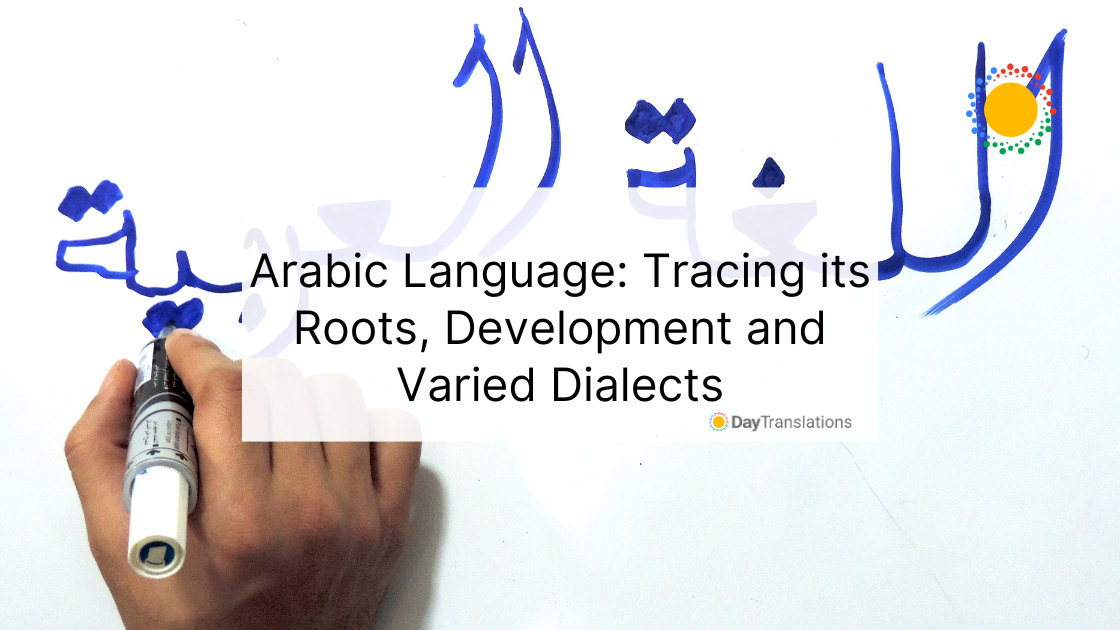
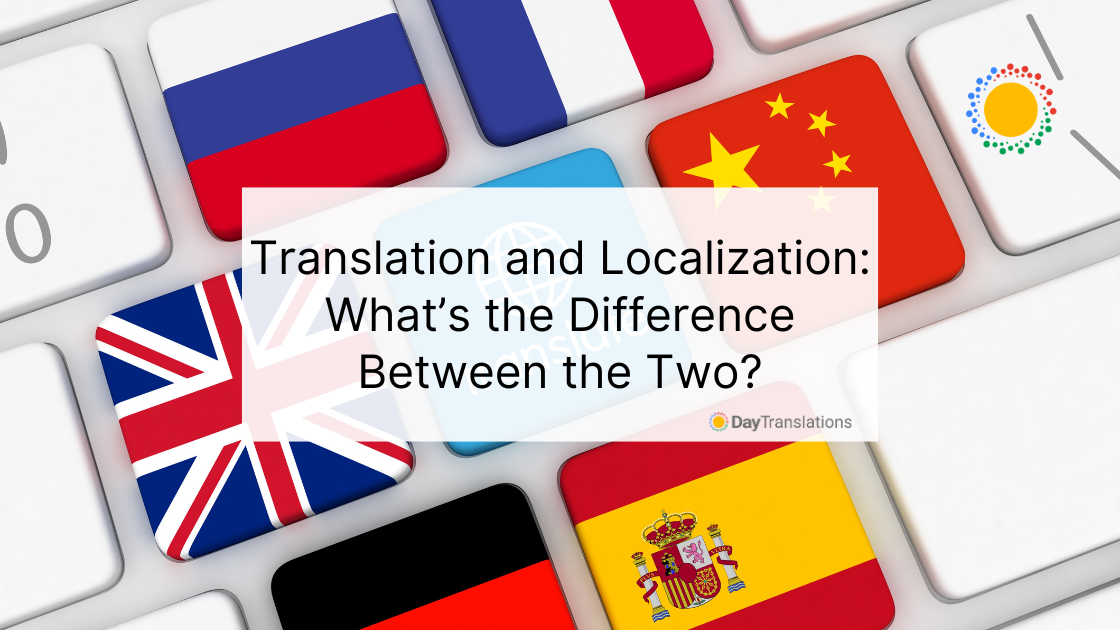

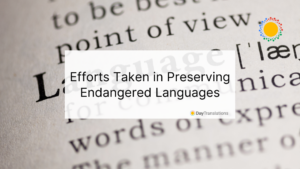
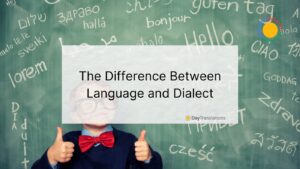








bit heroes lucky patcher
Posted at 18:20h, 05 DecemberThis is very interesting, You’re a very skilled blogger. I have joined your feed and look forward to seeking more of your wonderful post. Also, I have shared your website in my social networks!